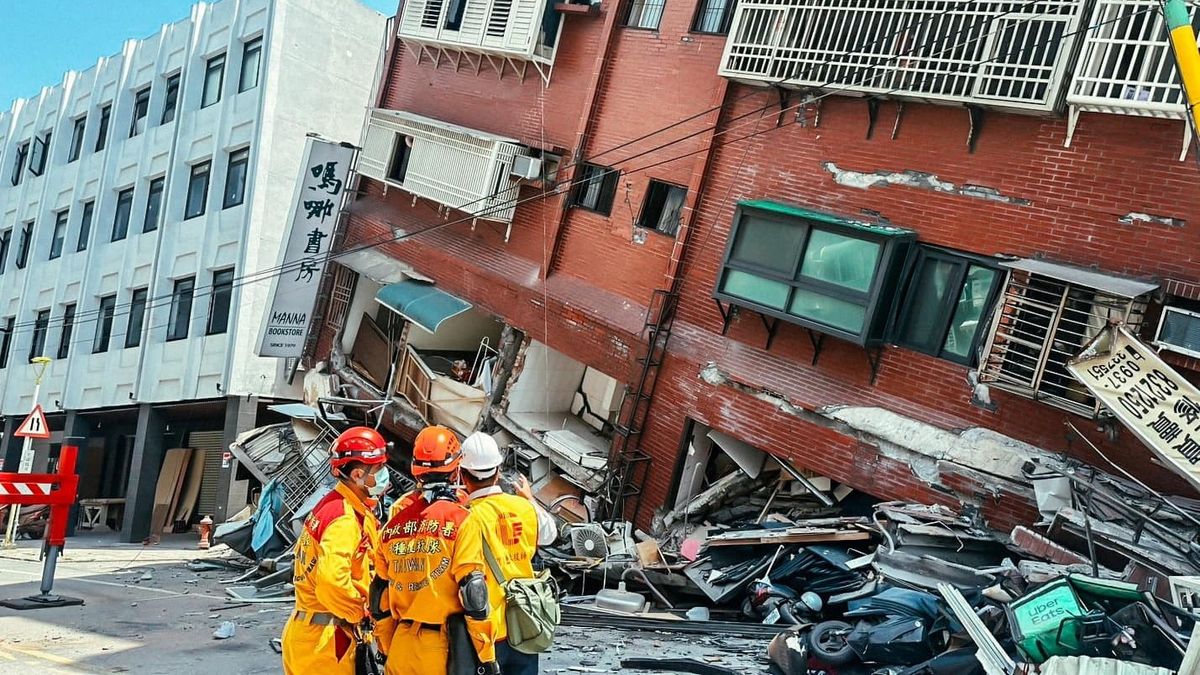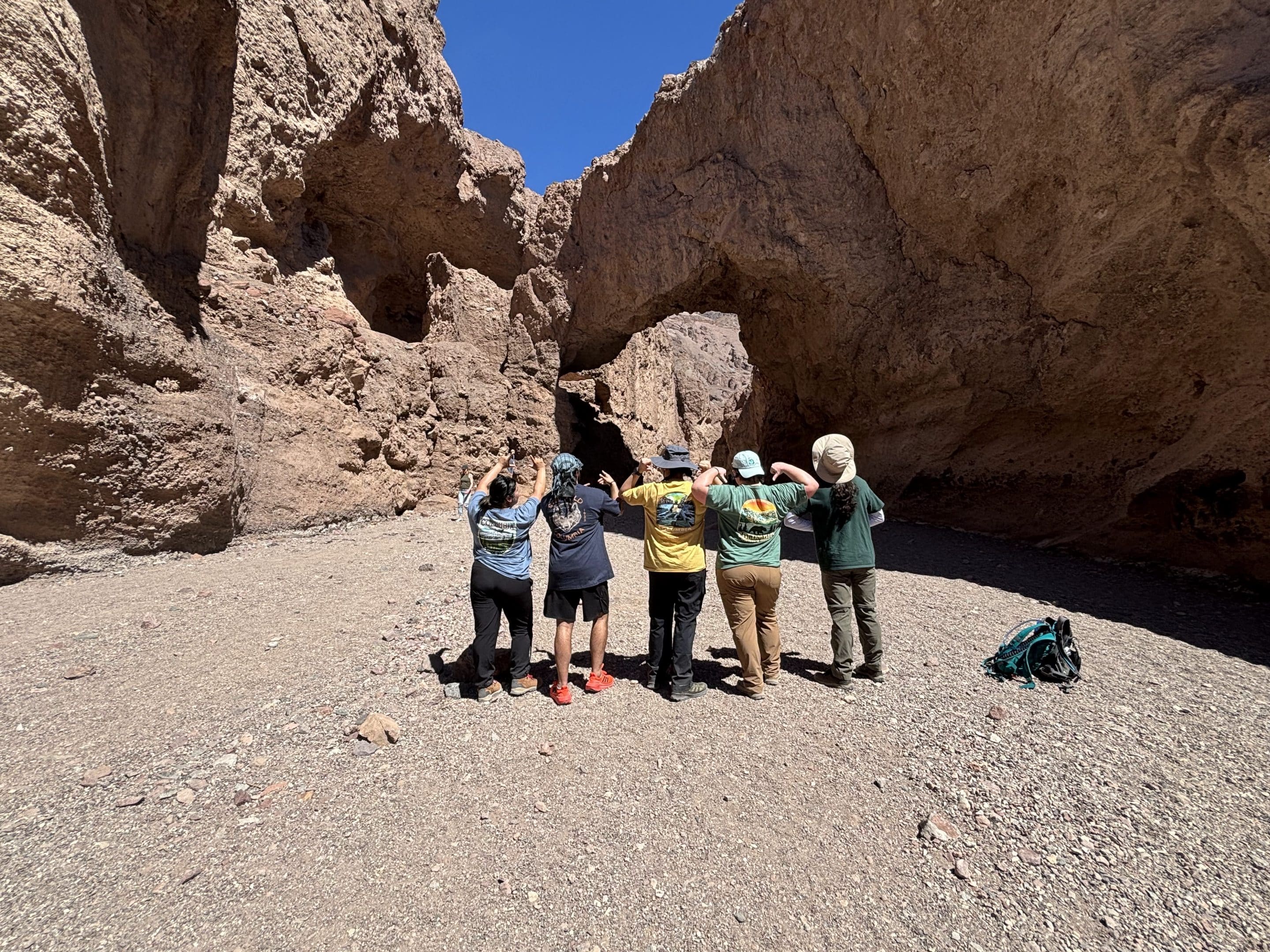On Wednesday morning, a powerful earthquake struck the east coast of Taiwan, causing at least nine deaths and more than 900 injuries. The quake, which was the strongest in 25 years, left buildings in ruins, triggered power outages and landslides. Tsunami warnings were also issued for southern Japan and the Philippines due to this seismic activity.
The magnitude of the earthquake was reported differently by Taiwanese officials and the U.S. Geological Survey. While the former registered it as a 7.2, the latter measured it as a 7.4. The quake struck southwest of Hualien City at 7:58 a.m. local time and was followed by aftershocks of significant strength.
Despite being hit hard by this earthquake, Taiwan’s buildings are designed to withstand such events and its population is well-prepared for emergency response due to their experience with frequent earthquakes caused by the island’s location along the Pacific Ocean’s “Ring of Fire,” where tectonic plates converge and interact, causing seismic activity. The interaction between the Philippine Sea plate and the Eurasian plate generates reverse faults that lift one plate above the other, resulting in approximately 2,000 earthquakes of magnitude 4.0 or greater being recorded on the island since 1980. The deadliest earthquake in Taiwan’s recent history was also a result of this phenomenon – it was a magnitude 7.7 Chi-Chi quake that occurred in 1999 and resulted in thousands of deaths, injuries, and significant damage



